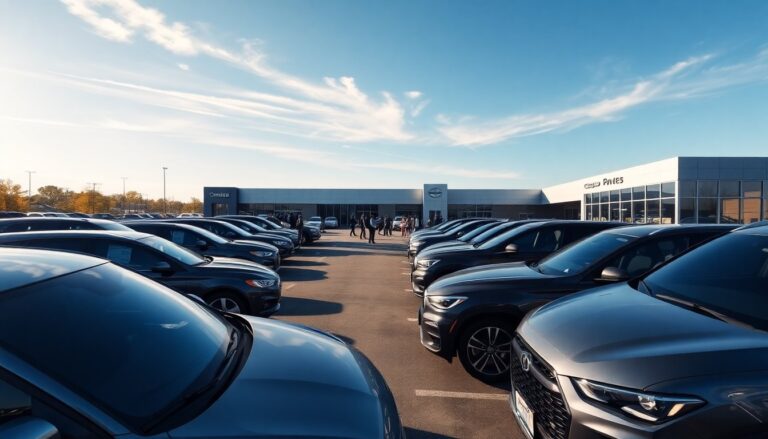Argomenti trattati
As the U.S. automotive industry approaches a notable shift in new vehicle sales, analysts are predicting a decline in October. Following a vigorous third quarter with significant sales increases, forecasts from Cox Automotive suggest that the seasonally adjusted annual rate (SAAR) for new vehicle sales is expected to settle at approximately 15.7 million units. This figure marks a decrease from last October’s 16.1 million and a drop from September’s robust 16.4 million.
The anticipated slowdown is primarily linked to a significant decline in sales of electric vehicles (EVs) and plug-in hybrid vehicles (PHEVs). Expired tax incentives combined with rising vehicle prices due to tariffs are creating a challenging environment for both consumers and dealers.
Analysis of October sales projections
The projected sales volume for October is approximately 1.30 million units, indicating a decline exceeding 3% compared to the same period last year. However, it shows a modest increase of 2.7% from September’s figures. Notably, October offers 27 selling days, consistent with last year but three more than September, potentially influencing sales figures.
Factors contributing to the slowdown
Reflecting on the summer performance, Charlie Chesbrough, a senior economist at Cox Automotive, noted the surprising resilience of the new vehicle market despite ongoing uncertainties surrounding tariffs. However, as the market transitions to more expensive, tariffed products, pricing pressures are expected to dampen sales momentum in the coming months. Additionally, the expiration of federal tax credits for EVs at the end of September has created a void in incentives that previously stimulated purchases.
In the third quarter of 2025, EV sales experienced a remarkable uptick, reaching an unprecedented 438,487 units sold, driven by consumer urgency to take advantage of the $7,500 tax credits before their expiration. This surge represented an impressive 40.7% increase from the prior quarter and a 29.6% rise year-over-year. However, the landscape for EVs is poised for transformation, with sales expected to decline in October.
Market implications moving forward
As the automotive market adjusts, understanding the implications of these changes is crucial. The expiration of EV incentives is anticipated to significantly impact EV and PHEV sales, leading to forecasts of a steep decline in October numbers. This shift alters consumer buying behavior and poses challenges for manufacturers and dealers who have relied on government-backed incentives.
Looking ahead, Cox Automotive projects an annual sales forecast ranging between 15.8 million and 16.4 million units, with the most likely outcome being 16.1 million. Due to strong performance in the previous quarter, adjustments have been made regarding both fleet and retail sales, with slight downward adjustments anticipated for the leasing of EVs in the fourth quarter. Lease penetration is now expected to decrease from 25% to 24%.
Adjustments to used vehicle sales
In contrast, forecasts for used retail sales and certified pre-owned (CPO) vehicles have been revised upward, reflecting continuous demand in that segment. As consumers face higher prices for new vehicles, many may pivot toward the used market, seeking affordability without sacrificing quality.
The automotive landscape is poised for a significant shift as we transition into the final months of 2025. With rising prices and the end of incentives, both consumers and dealers will need to navigate these changes carefully. The impending adjustments in vehicle demand and sales strategies will ultimately shape the future of the U.S. automotive market.

